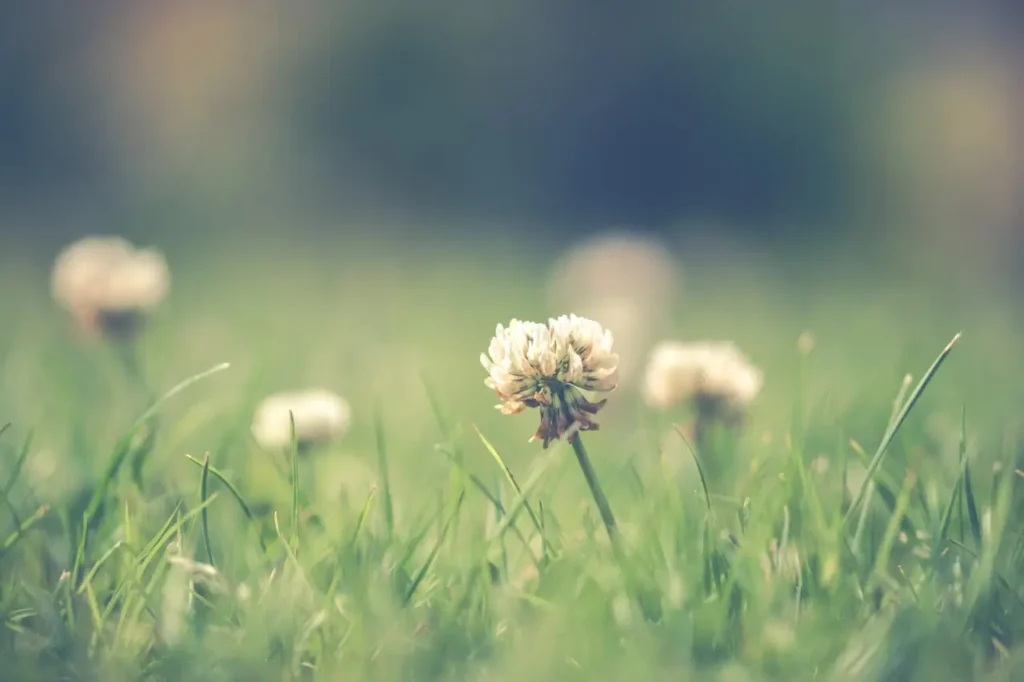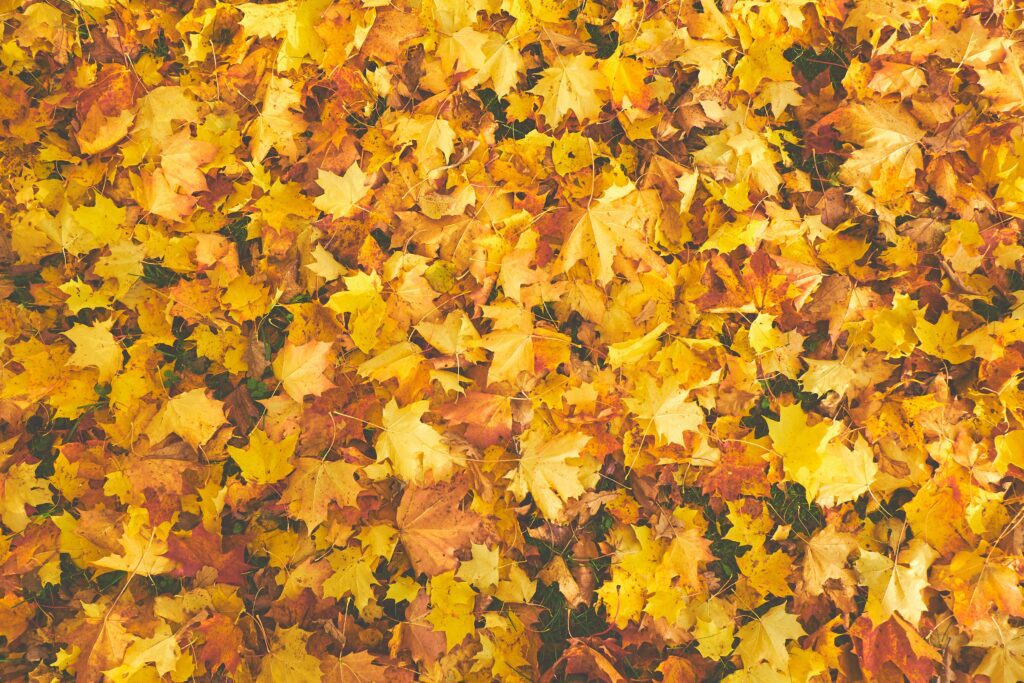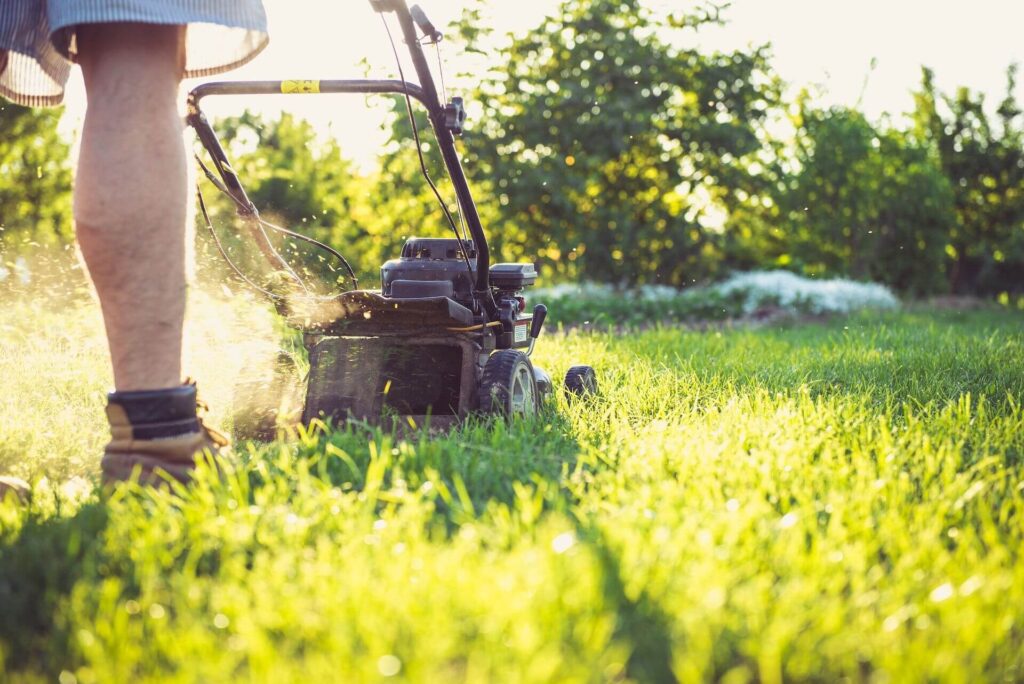Winter Desiccation takes place when the turf grass plant is in its dormant or semi-dormant stages and can cause varying degrees of damage severity.
All turf grass species are prone to winter desiccation if the right conditions persist. Winter Desiccation occurs when the leaves and other parts of the turf grass plant are damaged often to the point of death because its roots are unable to supply enough water to keep up with the amount of water the turf grass plant is losing to the atmosphere.
The most severe turf winter damage typically occurs when there is no snow coverage and Dry, windy conditions persist. Generally, the worst affected spots in the lawn are in elevated areas, on exposed slopes, and well drained sites in sandy soils.
There is also a likely possibility of mite damage in areas that received full sun. The mites drown out once the lawn is watered, but they can do a lot of damage to turf in a short period of time.
The extent of the desiccation damage can range from minor to severe. If minor damage has occurred, the lawn should recover on its own during the spring when the lawn begins to actively grow and break dormancy. If major damage has occurred, aggressive renovation practices will be required to repair these areas. Cultural practices such as Core Aeration, Overseeding, Topdressing may be required.
WHAT YOU CAN DO
- Rake and mow down to get rid of dead grass
- Aerate
- Overseed
- Top-dress with trimix or another nutrient rich soil. ¼-1/2 ’’
- Overseed
- Lightly Cultivate – sew the seed into the soil
New seed needs to be watered 2-3 times daily for the first 3-4 weeks.
The main goal is to keep everything moist and not let the seed dry out; 3-4 weeks of recommended watering will allow proper germination of the seed.
Watering always depends on the amount of sun, wind & shade that the area receives, so please adjust times accordingly.
*Another option is to cut out and replace the damaged areas with new sod. We recommend Green Belt Turf Farm for this service.
http://www.greenbeltturffarm.com/ground-preparation-cal?total_sq_feet=&sod_type=2&delivery_zip
Other Great Articles about Lawn Care Trips

Understanding How Pre-Emergent & Post-Emergent Weed Control Products Work
Weeds can be the bane of any homeowner’s lawn, especially in central Colorado. If you’re battling these pesky intruders, understanding the differences between the various weed control products available can be daunting. That’s why we’re going to explain the two main types of weed management products, pre-emergent and post-emergent herbicides. As you read on, you’ll…

The Complete Guide to Fall Lawn Care: Best Practices for Preparing Your Lawn for Winter
Is this your first fall as a Colorado Springs homeowner? Whether you’re ready to winterize your lawn for the first time or simply need a fall lawn care refresher for the home you’ve lived in for years, these essential lawn care basics will help you transition your lawn from the summer season to winter. Fall…

The Complete Guide to Lawn Mowing + Lawn Mowing Tips for Colorado Springs Homeowners
Mowing your Colorado Springs lawn is more than a weekend chore; it’s essential to keeping your green space healthy and attractive. You may think the only purpose of mowing is to keep your grass from getting unruly. However, your mowing practice can actually help increase your lawn’s density and encourage deep root growth, two factors…
